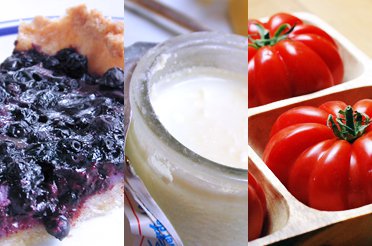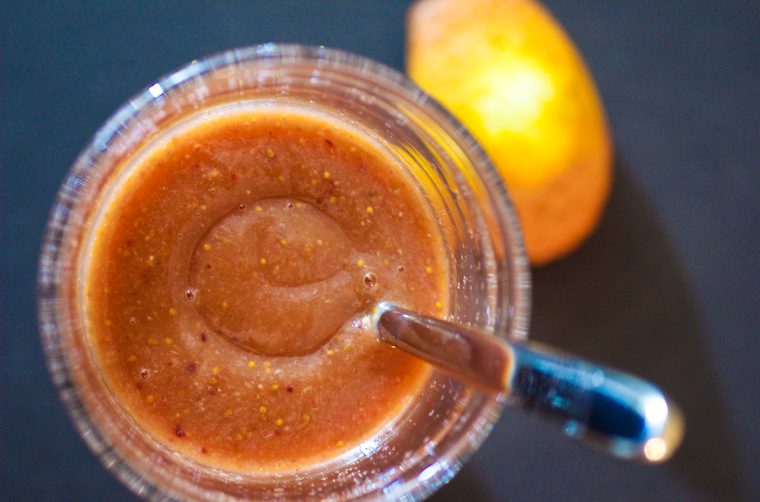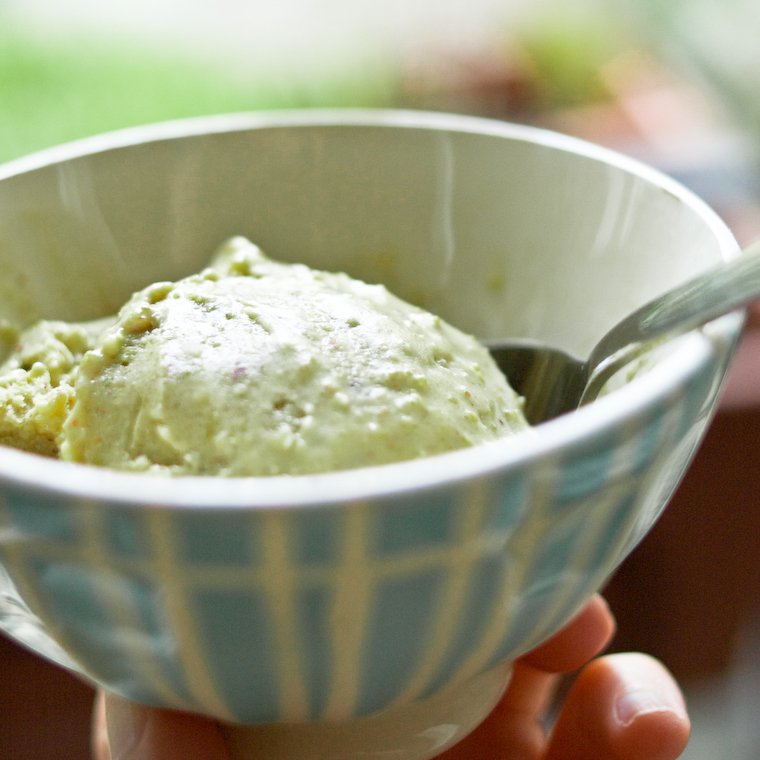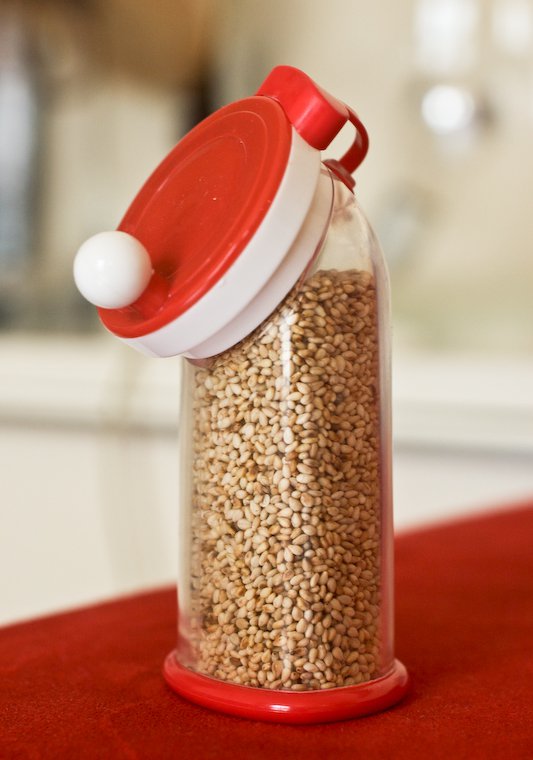When it comes to ice cream, I am hopelessly predictable.
As far as I’m concerned, if the ice cream parlor, glacier, or gelateria offers dark chocolate, pistachio, and/or yogurt, he might as well not have any other flavor: I am blind to them.
I always go through the motions of hesitation, though (I scratch my temple, chew my lower lip, and hum lightly — it’s easy to fake, really), for the benefit of my ice cream companions, and because I like to entertain the thought that perhaps, someday, I, too, will go for rum-raisin and watermelon, but frankly, I fool no one. Dark chocolate, pistachio, and yogurt are my ice cream trinity, and I never stray far from it.
Dark chocolate, pistachio, and yogurt are my ice cream trinity, and I never stray far from it.
When it comes to homemade ice cream, however, altruism and the basic rules of household harmony lead me to consider other people’s tastes in addition to my own. Consequently, apart from this empyreal dark chocolate sorbet, I have tried to refrain from indulging my utmost ice cream obsessions, lest I end up eating them single-handedly, which is usually the fate of the aforementioned chocolate sorbet, it must be said.
But then I bought a bag of good-looking pistachios, and believe me, it had gelato written all over it. I turned to my ice cream mentor for guidance, and although he hadn’t included a recipe for pistachio gelato in his book, he did offer one on his blog.
It is an eggless ice cream recipe in which the custard is thickened with cornstarch — this reminded me of my mother’s fail-safe recipe for crème anglaise — and it is so easy to put together that I will be using this basic method (also demonstrated by Mark Bittman in this video) again in the future, for ice creams that don’t need the rich mouthfeel provided by yolks.
David’s recipe called for Sicilian pistachio paste, and this of course I didn’t have. But as far as I could make out, this paste was simply a mix of pistachios and sugar, so I adapted the recipe to use raw pistachios and agave syrup instead, guestimating the amounts of each and hoping for the best.
I also added a gurgle of limoncello, an Italian lemon liqueur, to enhance the pistachio flavor and help keep the ice cream soft and scoopable.
I was absolutely enchanted by my pale green gelato, which I left chunky, as is my preference. And I am pleased to say I wasn’t the only one to cast a favorable vote: my parents, who had come to dinner, smacked their lips, and Maxence declared it the best pistachio ice cream he’d ever tasted, which has to mean something, even from someone who invariably opts for mango and coconut.
Continue reading »








